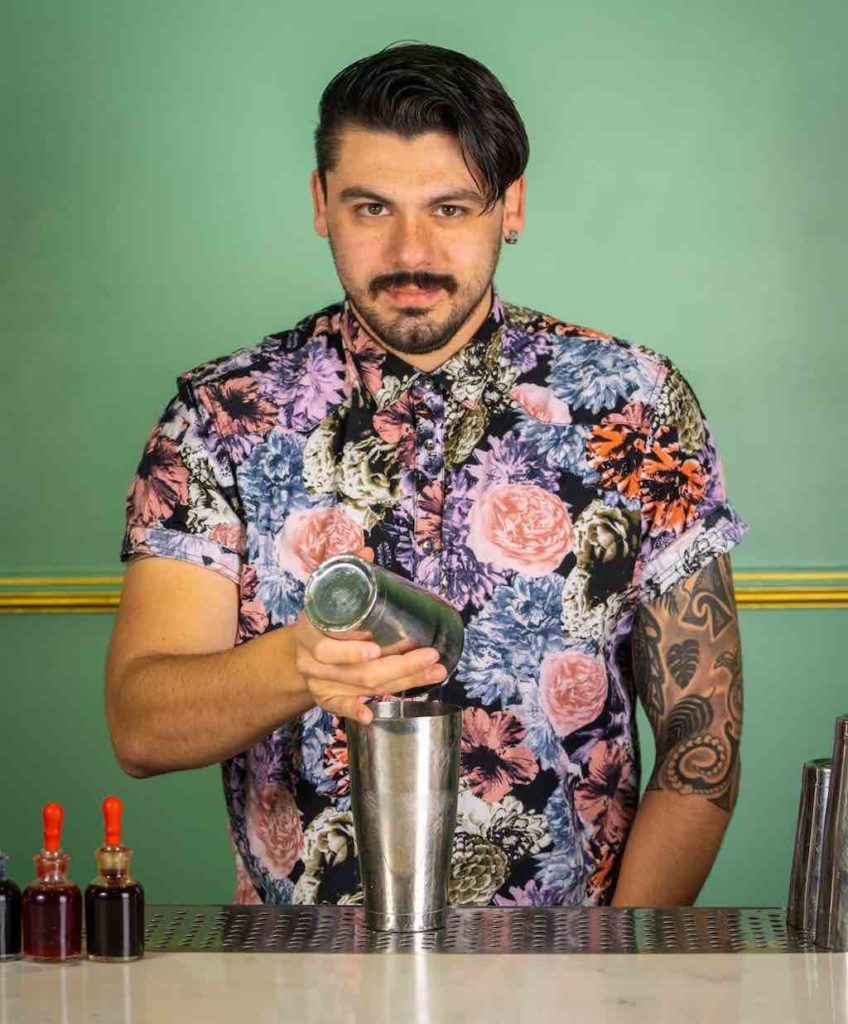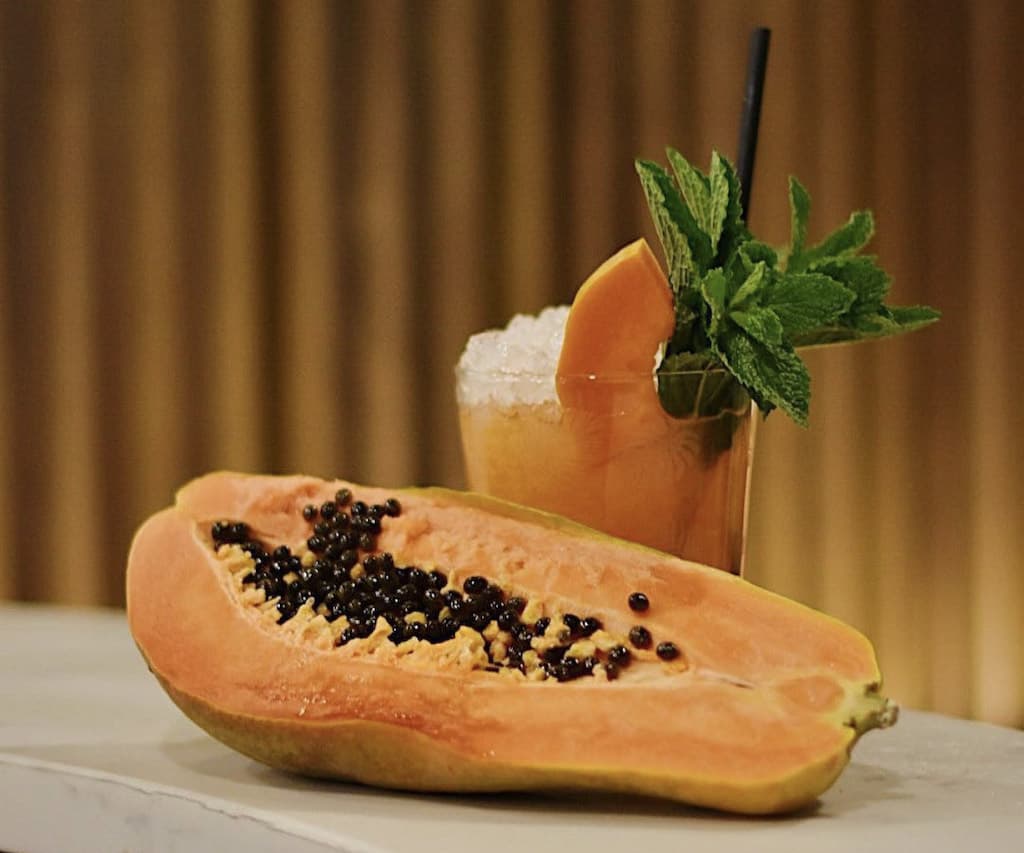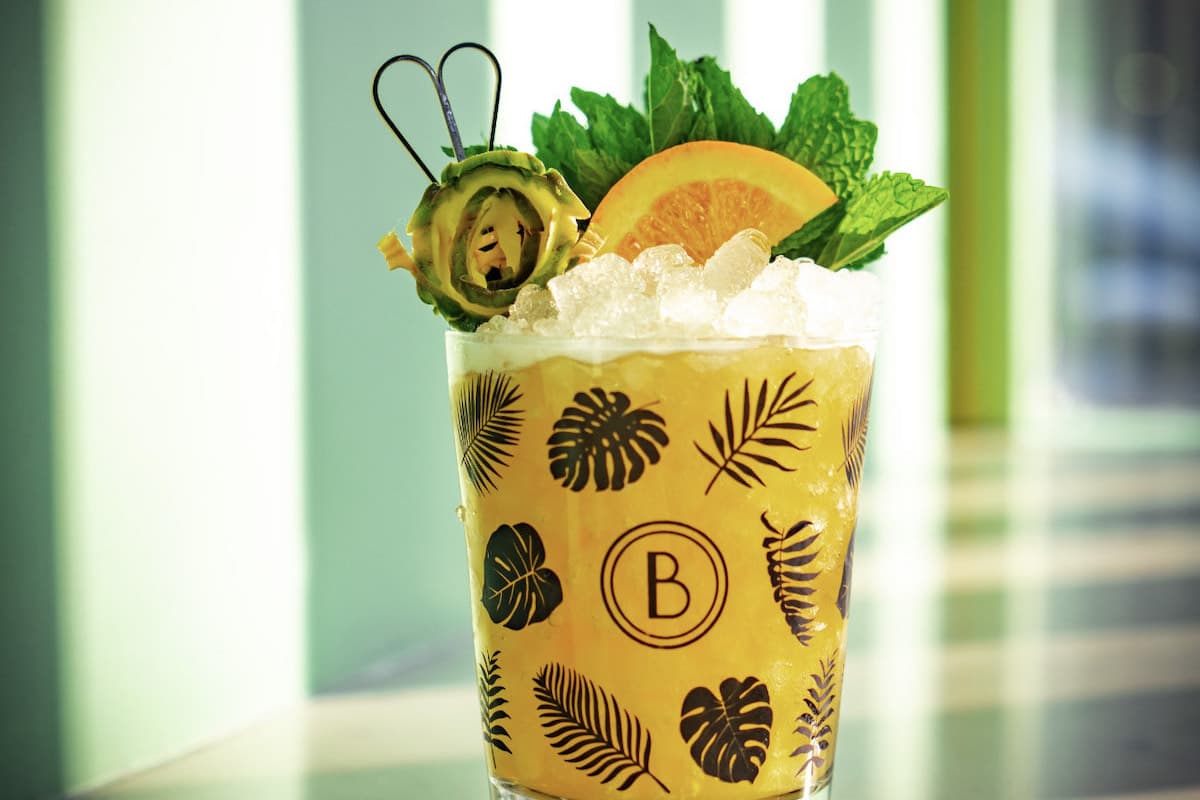Ambush the average American drinker with a man-on-the-street interview, and they might tell you that tequila comes from Mexico, rum comes from the Caribbean, and that South America makes… what, exactly?
While the continent has a rich and diverse history of distillation, its output remains overlooked or misunderstood by many stateside imbibers. But that may be changing thanks to a new wave of bars like Leyenda in Brooklyn or Blossom Bar in Massachusetts, which champion South American spirits and utilize them in cocktails that give context to their origin.
To gain a greater understanding myself I spoke to Will Isaza, who serves as Blossom Bar’s director of operations. Like Leyanda, Blossom Bar’s program pulls from the whole of Latin America, but South American spirits are strongly represented.
Sugarcane and Grapes
Isaza breaks South American distillates into two broad categories: sugarcane and grape. The first grouping includes rum, which is widely distilled throughout Central America and the Caribbean, but also cachaça and aguardiente, which may be considered more distinctly South American. The second grouping accounts for clear, unaged brandies, including the pisco made in Peru and Chile as well as the lesser-known Bolivian spirit Singani. As Blossom Bar’s focus lies on tropical-style cocktails, it’s the first grouping that gets most of their attention.
When asked if there was a quality that widely differentiates South American rums from those made in the Caribbean, Isaza describes both Central and South American rums as having more prominent tropical fruit notes rather than the earth tones and spice that typify their island-made cousins.“That finish that you get from a South American rum is typically leaning towards fruit as opposed to a very aggressive spice or a lot of barrel treatment,” he says.

To experience the difference, Isaza recommends picking up a bottle of Plantation’s Peruvian or Guatemalan single cask bottlings. Blossom Bar stocks its well with Venezuela’s Santa Teresa 1796 and frequently uses it in cocktails and as a base for rum blends.
Understanding Cachaça and Aguardiente
Cachaça, like rum, is also made from sugarcane, but is distilled from fermented sugarcane juice rather than molasses. Isaza compares the Brazilian spirit, which he considers to be the best-known of all South American distillates, to a more approachable version of the famously grassy rhum agricole.
“If they’ve never had rhum agricole before, you could potentially introduce someone to cachaça first,” he says. The cachaça brands Isaza favors include Novo Fogo, Leblon, and Agua Luca.
Aguardiente proves the hardest to pin down. “Honestly, saying aguardiente is like saying eau de vie,” Isaza says. “Every country has its own interpretation of what that means.”
While aguardiente is sometimes distilled from fermented fruit (or in the case of Portugal, grapes), Isaza most closely associates it with the style produced in his native Colombia: a sugarcane distillate flavored with warming spices including anise. At Blossom Bar, Isaza employs the Colombian brand Antioqueno, which he often uses as a modifier; for instance, the anise-forward spirit replaces absinthe in the bar’s take on a Sazerac.
Mixing It Up
At Blossom Bar, Isaza utilizes South American spirits to make tropical cocktails, a genre he defines as being related to but distinct from Tiki. “It’s more about the focus on one particular ingredient and highlighting that as much as possible as opposed to 10 or 15 ingredients per drink,” he says. (As a house rule, drinks at Blossom Bar tend to be limited to five ingredients or less.)
To give an example, he cites the house-favorite Angie Valencia, which fixates on papaya as its foundational flavor and complements it with aguardiente, Aperol, lime and lemon. “Aguardiente has that anise flavor note, but you get a tropical little tinge to it right at the end,” he says. “And then papaya being very prominent in that part of the world, it was a natural marriage.”

Isaza also finds inspiration in traditional South American beverages, even those without ABV, which can help put the spirits into a cultural context.
“South American spirits lived in this no man’s land a little bit as far as how they’re used,” he says. “A lot of times, these spirits are not made to be sipped, they’re made to be combined with other things. We try to keep that in mind as we take traditional, South American-inspired beverages that are not necessarily alcoholic and create a cocktail based on that.”
One example from their current menu is the Lulada, which is inspired by and named for a Colombian punch made with the citrus-like lulo fruit, various fruit juices and sugar. Blossom Bar’s reimagining uses a syrup made from lulo pulp in addition to pineapple and lime juices, cacao, and Flor de Cana 12 Year Rum. The ingredients are shaken with dill to add savory and herbal notes that are reminiscent of the lulo fruit itself.
Looking Ahead
On a broader scale, Isaza says that American drinkers are not yet conscious of South American spirits as a distinct category. But after more than three years of service, he believes Blossom Bar has introduced aguardiente to a new audience, and even challenged its native drinkers to consider the spirit in a new context.
“We’ll have Colombian guests who are familiar with aguardiente, in the sense that back in Colombia we just drink it out of one-ounce cups and take shots of it, but you never really see it in a cocktail,” he says.
With time, Isaza thinks that South American spirits will gain greater recognition in the U.S. But so long as they remain semi-obscure, he’ll delight in introducing new drinkers to their charms.
“Hopefully, within the next couple of years South American spirits as a whole will see more light,” he says. “But I would also be in the camp that it’s not necessarily a bad thing that they fly under the radar, so that you can create that experience for people.”



